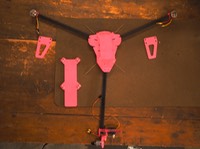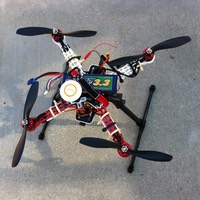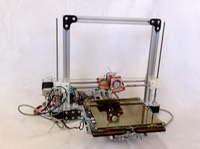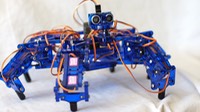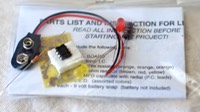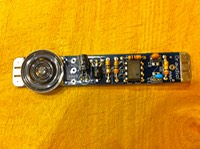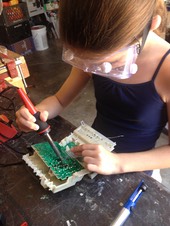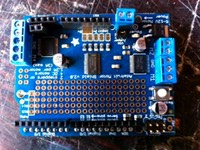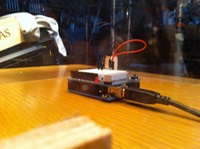At first, the engine did not work. Instead of becoming discouraged, I began to troubleshoot. Senft’s book warns of a couple things: friction and lack of air-tight seals. If there is too much friction, the engine could lose too much energy and stop. If the chamber is not sealed, then air could be released and the engine will not be able to go through air cycles and not be able to run.
First, I checked all the bearings and possible sources of excess friction, but these did not seem to be an issue.
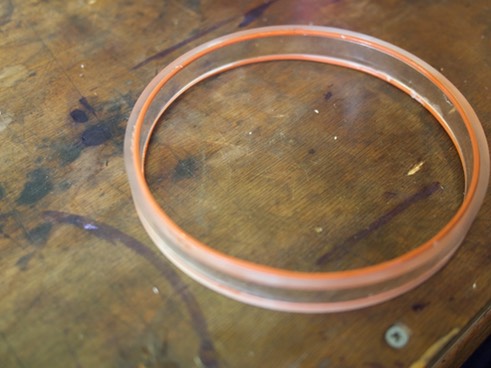
Though, when the flywheel was rotated manually, hissing, coming from the engine, was audible. We pinpointed the issue to the rubber rope glued to the inside of the chamber ring. The rope was too firm, and was not compressed enough against the plates to form a proper seal. The nylon screws could not exert enough force to compress the rope.
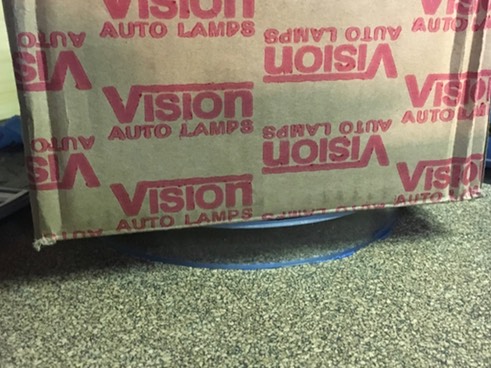
To fix this, I decided to scrap the rubber rope and opt for a flat ring of corkboard-like insulation, softer than the rubber. To cut this into the proper shape, I added insulatory glue around the rim of the ring and placed the ring flat-down onto the cork. To ensure a tight seal, I placed a heavy box on top of the ring while the glue was drying.
Once the glue dried, I used an exacto knife to cut off excess cork. With the cork forming a proper seal, the engine was able to cycle air effectively, and it worked!


